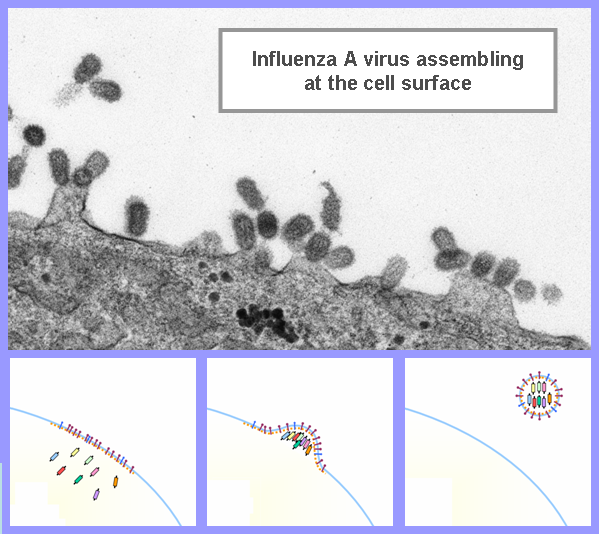Scientists have developed a pain-free injection system to immunise people against influenza. Writing in the current edition of PNAS, Emory University researcher Richard Compans and his colleagues describe how a system of microneedles, each measuring less than a tenth of the diameter of a traditional small hypodermic needle and designed just to penetrate the surface of the skin, can be used to protect mice against fataldoses of the flu. The tiny injection needles are mounted in a line on a plastic carrier and coated with a vaccine solution containing chemically-inactivated components of flu virus.
 The needles are then allowed to dry, in which form they are chemically stable, and may then be kept until needed. Vaccination is achieved by pressing the needles against the skin,which transfers the virus material from the needles. Tests on mice showed that within fourteen days the animals produced equivalent levels of antibodies to a test vaccine as animals that received traditional intramuscular flu injections. The team were also able to protect mice against a potentially fatal infection with a strain of influenza that killed unimmunised, control animals.
The needles are then allowed to dry, in which form they are chemically stable, and may then be kept until needed. Vaccination is achieved by pressing the needles against the skin,which transfers the virus material from the needles. Tests on mice showed that within fourteen days the animals produced equivalent levels of antibodies to a test vaccine as animals that received traditional intramuscular flu injections. The team were also able to protect mice against a potentially fatal infection with a strain of influenza that killed unimmunised, control animals.
The system works by exploiting the relatively large number of so-called professional "antigen presenting cells" (APCs) including Langerhans and dendritic cells which are present in the skin.These take up the injected materal and encourage the immune system to mount a response. And for inoculations that require larger doses of vaccinematerial or antigen, which some have suggested might be required for bird flu (H5N1) vaccines, the number of needles can simply be increased to boost the dose. But the major benefit of this new system is that the vaccine material on the needles is dry, meaning that unlike many traditional vaccines it doesn't need to remain refrigerated, making it potentially very useful for use in developing countries. Also, because the system does not resemble a traditional syringe and needle, and is also painless, it should help needle-phobics to overcome their fear of injections.









Comments
Add a comment